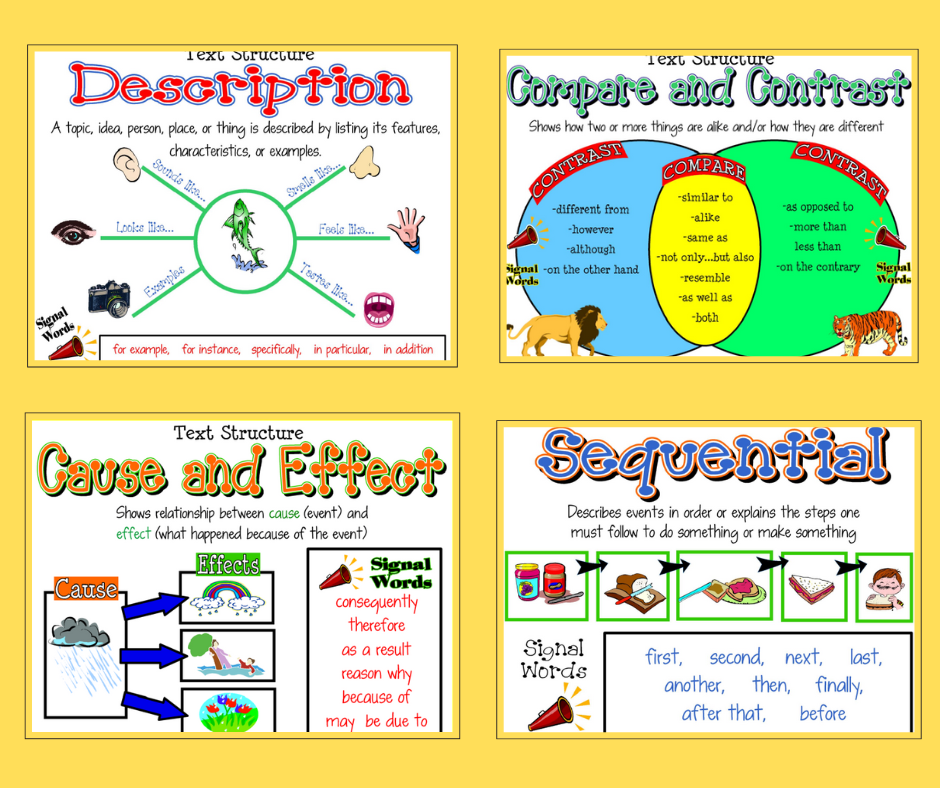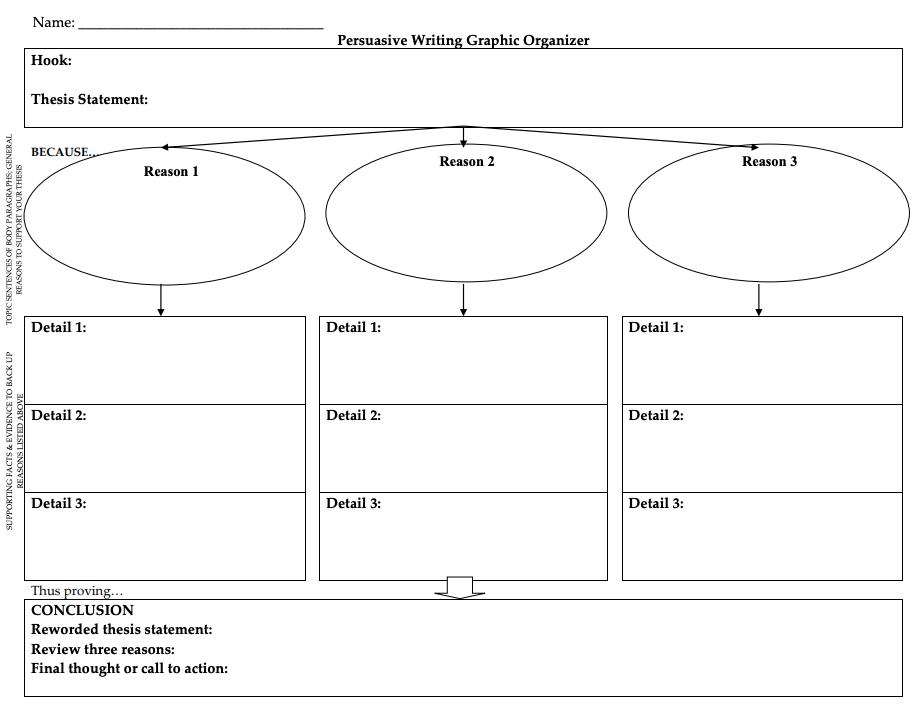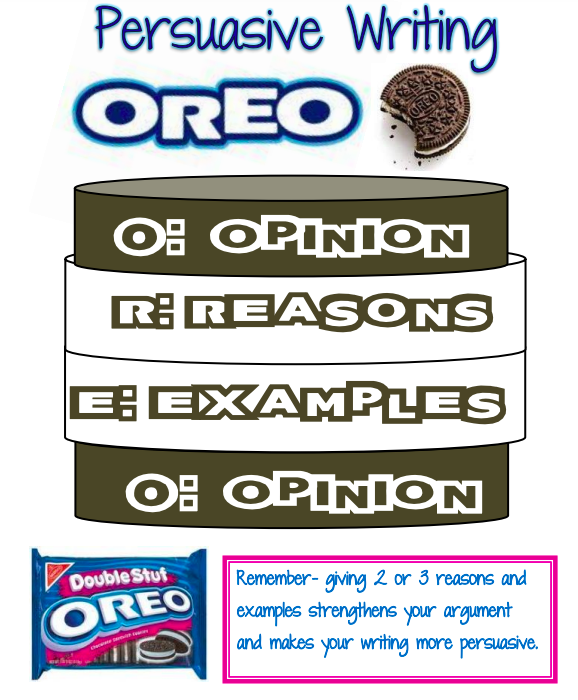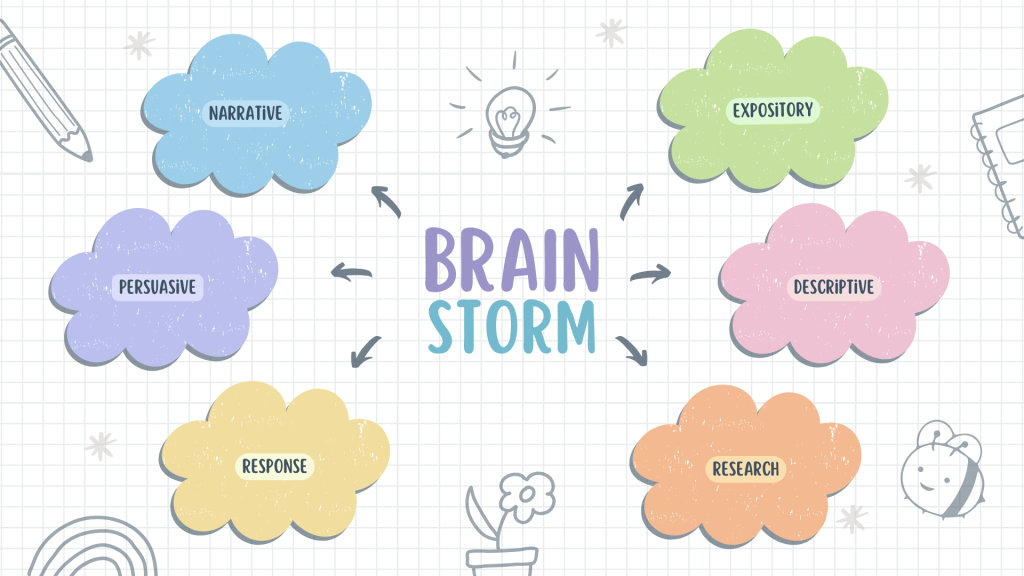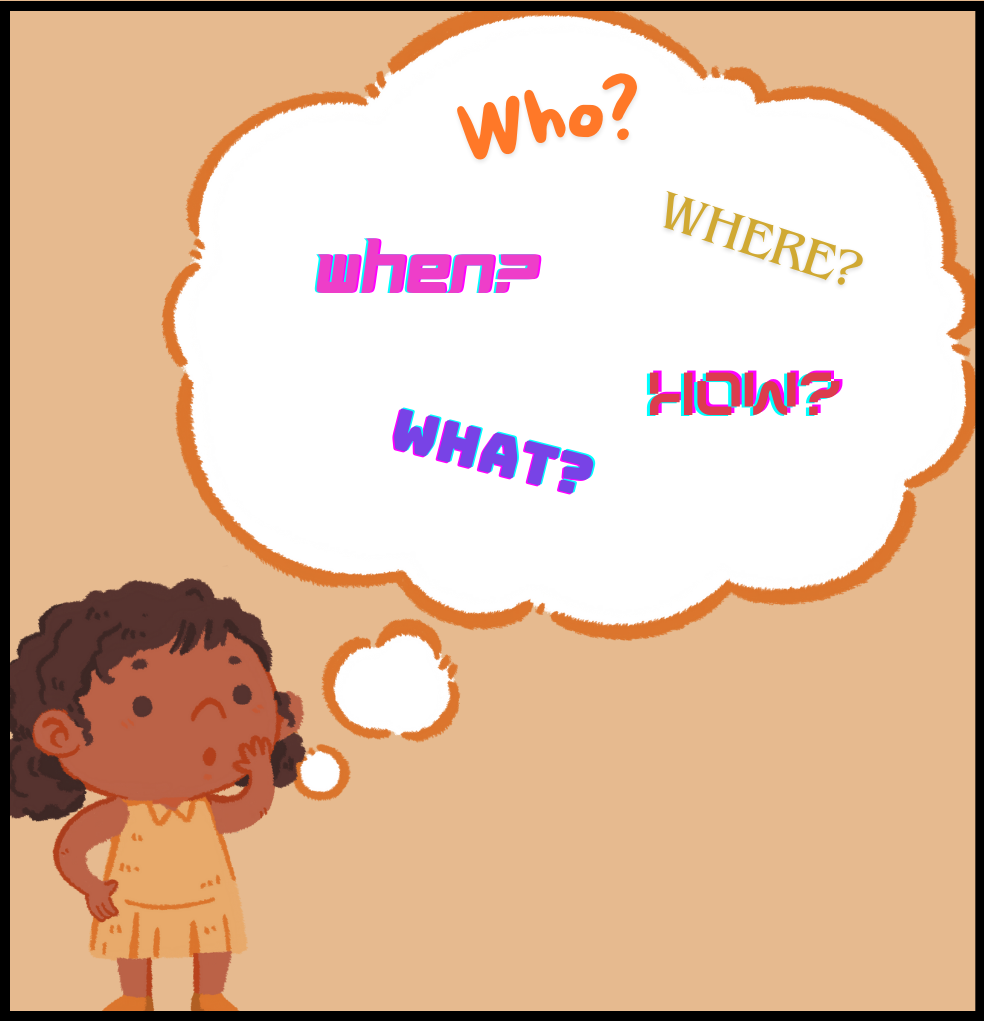Need some essay writing tips for your middle- and high-school age students? The following is a list of the most common types of essays designed to help develop critical thinking, analysis, and communication skills. Included with each essay type are graphic organizers that provide a framework for structuring information; writing prompts for practicing specific essay styles; and model essays that can help your kids learn about essay structure, language, and techniques used.
These Scholastic writing frames provide examples of a variety of writing types and step-by-step templates:
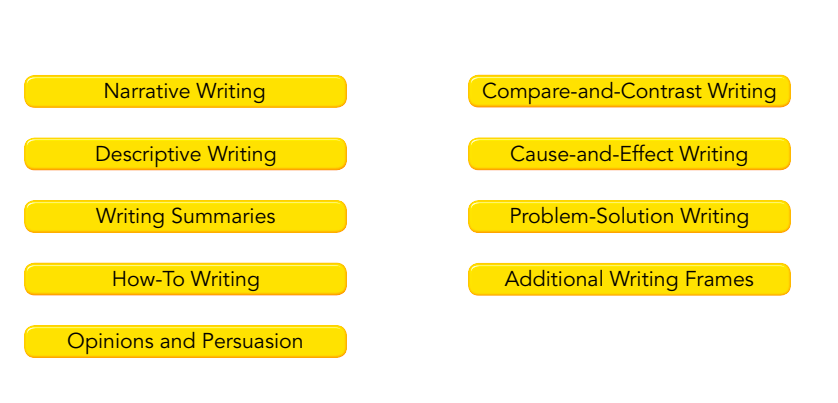
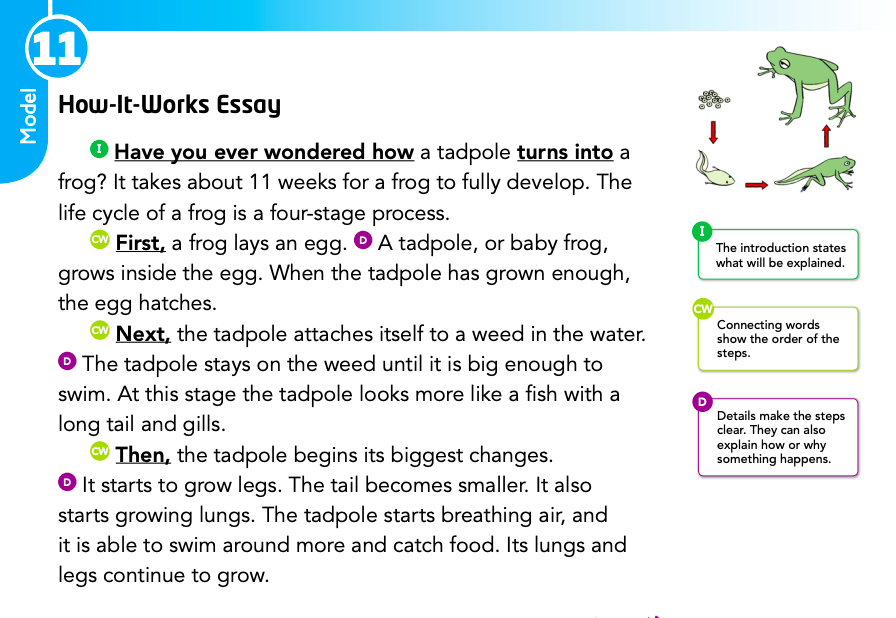
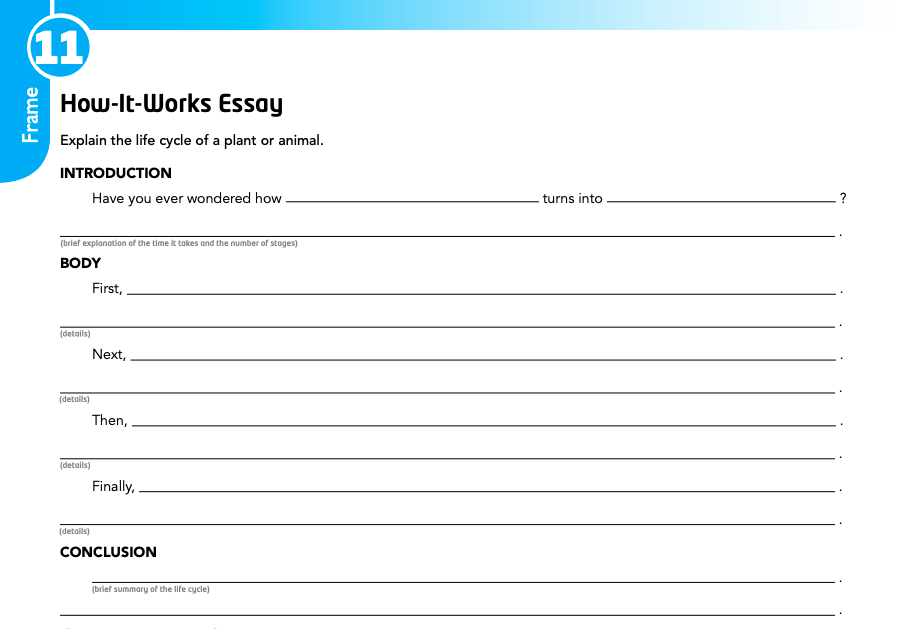
Non-Fiction Writing Workbook: For grades 3 – 6; provides brief lessons and templeates for writing narrative, expository, persuasive, and other types of non-fiction writing.
Here’s an infographic that provides a visual of different essay structures, including basic, explanatory, comparison-contrast, cause and effect, classification, news story, how-to, persuasive, and narrative.
Expository Essays
Information-packed pieces with facts, logical reasoning, and explanations to help readers understand a concept, process or topic.
Expository Writing Guidelines: Instructions for choosing topics, organizing information, writing paragraphs and essays; includes revisions checklist.
This composition workbook (sections 5.1 – 5.5) contains exercises for writing expository essays, including crafting thesis statements, arranging details, noting similarities and differences, describing a process, and explaining connections between events.
These graphic organizers for different types of expository writing include cause & effect, compare & contrast, problem/solution, and sequence/chronological.
Here is a list of over 200 expository writing prompts, along with grading suggestions and model essays.
Compare & Contrast Essays
Help readers understand subjects more clearly by analyzing similarities and differences.
Comparison/Contrast Guidelines: Discusses choosing and narrowing topics; thinking of points of comparison; organizing information; and arranging details. Comparison – Contrast Template
Cause & Effect Essays
Show the relationships between events or ideas, helping readers understand the connections between actions and their outcomes.
Cause & Effect Guidelines: Choosing and narrowing your topic; considering your audience; writing and supporting your thesis. Cause & Effect Template
Persuasive Essays
The aim is to convince your reader to see things from your point of view or take action. Back up your arguments with evidence and use some persuasive techniques to sway opinion.
Persuasive Writing Guidelines: Outlines the process of choosing an issue, stating and supporting an opinion, and considering audience and tone. Models and tips are provided. Here’s an accompanying persuasive writing template.
This composition workbook (sections 6.1 – 6.5) breaks down the process of writing persuasively with exercises for researching a topic, determining a position and audience, evaluating evidence, and making a case.
This persuasive essay packet includes many persuasive essay topics, plus a variety of graphic organizers to help build an argument and structure ideas. Other helps included are lists of transitional words, tips for grading and constructive feedback, and debate planning charts.
Here is a five-paragraph template for persuasive writing.
Argumentative Essay Writing Guide
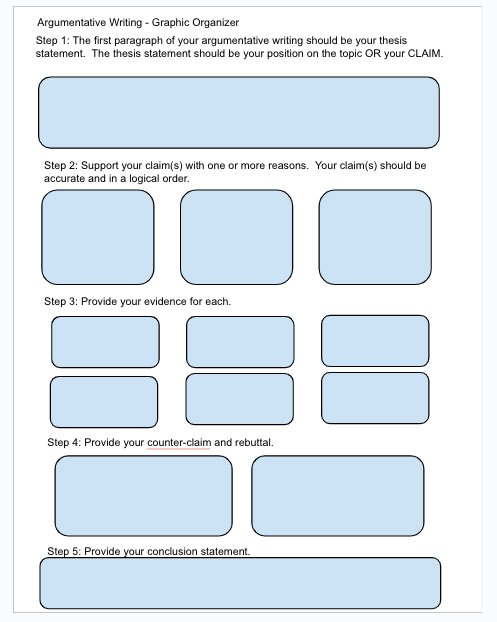
Here is an argumentative essay graphic organizer. Click file – make a copy to edit.
Here’s a persuasive writing prompt that asks you to choose a side as to which is the best type of pet: cats vs. dogs. The document includes an essay template and checklist.
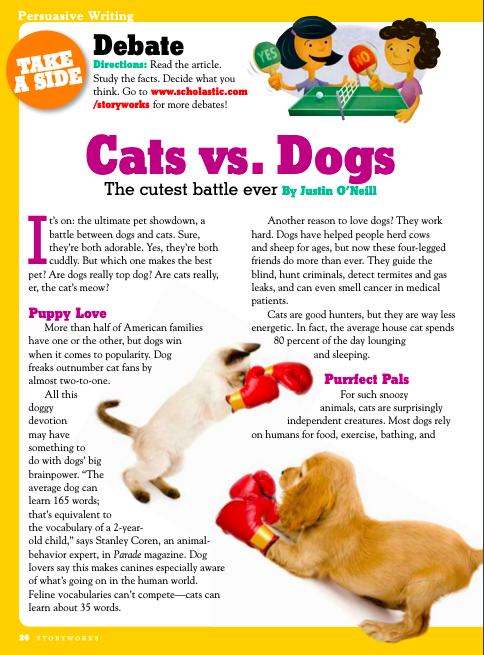
Narrative Essays
Share personal experiences, anecdotes, or real-life events through storytelling. Paint a vivid picture with descriptive details, engaging dialogue, and a well-structured narrative.
Personal Narrative Guidelines: Choosing an experience; recalling descriptive details; organizing ideas; and revising. Accompanying personal narrative template.
This composition workbook (sections 4.1 – 4.5) includes exercises for writing historical narratives, using chronological order, establishing point of view, writing realistic dialogue, and creating characters.
Here’s a list of over 100 narrative writing prompts, as well as grading suggestions and model essays.
This graphic organizer helps to structure ideas for writing about an incident or anecdote.
Get more ideas and free resources for using narratives and stories to teach a variety of topics.
Descriptive Essays: These essays use sensory details to describe people, places, objects, or experiences in a way that creates a strong impression.
This composition workbook (sections 3.1 – 3.6) has exercises for writing good descriptions including creating images, sharpening observation skills to collect details, and using precise words. Exercises also focus on describing places, things, and subjects.
Here are some graphic organizers to help write good descriptions:
–a sensory details diagram
—figurative language worksheets for practicing with similes, metaphors, personification, alliteration, onomatopoeia, idioms, and exaggeration
Here is a descriptive essay writing template.
Literary Analysis Essays
Examine the elements of a piece of literature by analyzing plot, characters, themes, symbolism, and writing techniques. Provide readers with your own insightful interpretations.
This literary analysis tutorial shows the difference between a plot summary and plot analysis, and suggests strategies for writing a literary analysis.
Here is a five-paragraph template for writing a literary analysis essay.
This document explains how to write a literary analysis, with examples and tips.
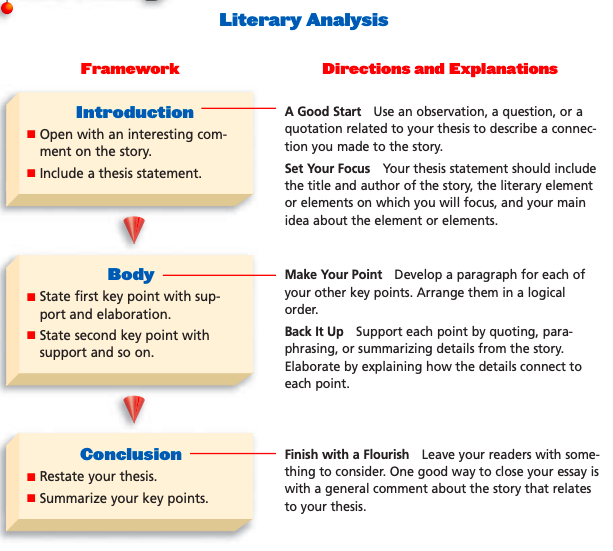
Research Essays
Investigate a specific topic, gather information from various sources, and present your findings. Make sure to cite your sources properly and follow academic research standards.
This online textbook provides good information on the writing process, with a section focusing on the three ways to integrate outside sources into a research paper: summaries, quotes, and paraphrases.
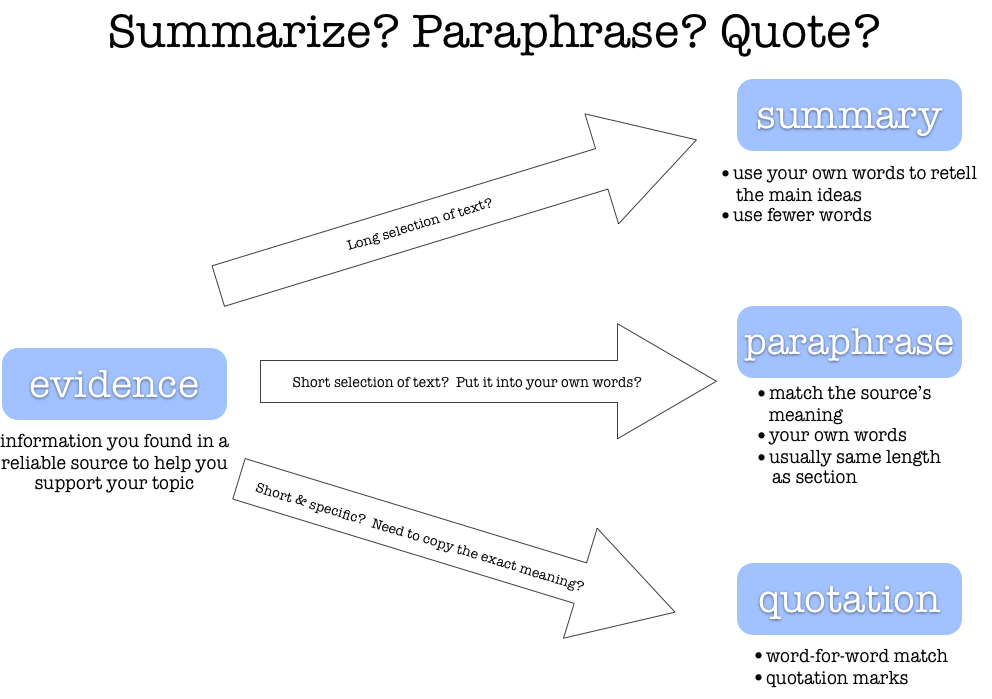
Other useful tools include this research paper outline template, and this research paper graphic organizer.
What are your favorite essay writing tips and resources? Leave a comment.

